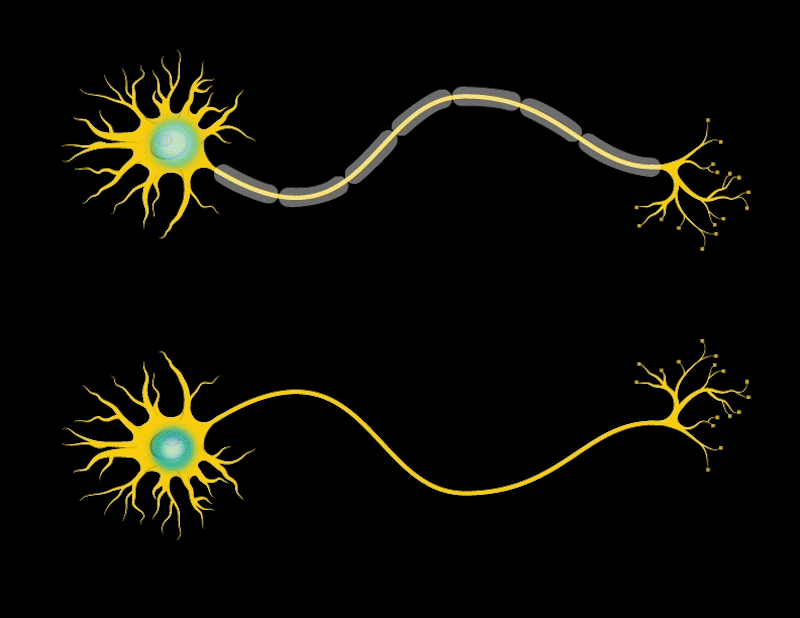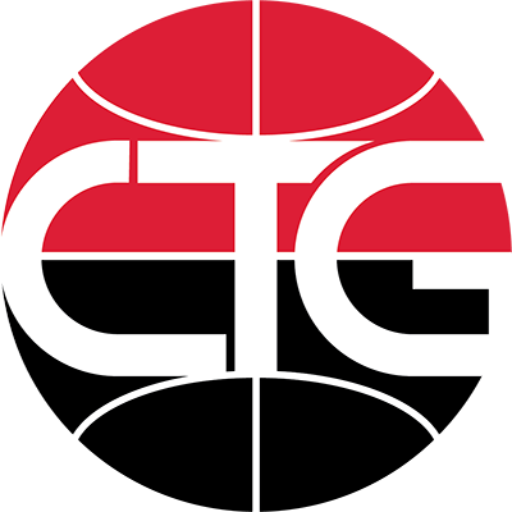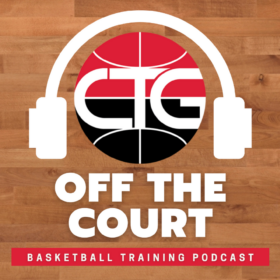CTG Blog
Habits of Highly Effective Basketball Players
Getting better doesn’t happen overnight.
Improvement is a process, and the results become a byproduct of the habits developed from persistent practice. Here at CTG Hoops, we observe highly effective basketball players from all levels to identify what those habits are and how to incorporate them into our training sessions.
We design our training around three major principles:
1. Psychological Make Up (Mindset and Mental Training)
2. Physical Make Up (Basketball Skills and Basketball Athleticism)
3. Self Improvement Make Up (Life Coaching)
See our recently released CTG Curriculum progressively built for maximum results.
There is this misconception that the most successful athletes are simply beneficiaries of genetic advantages, like having more length or size. Think of how many individuals you have come across that have been blessed with height, yet struggle against the competition during workouts.
This is untapped potential that could blossom by planting the seed of stronger habits, and the best part, the process applies to everyone of any age and any size.
Tune Into Planting The Seed: Self-Improvement & Life Coaching Podcast
* Growing Productive and Good Habits *
Before sharing types of habits from highly effective basketball players, it helps to understand how it all works.
Myelin Trains The Brain
There’s something in our body known as myelin [mahy-uh-leen] that surrounds the wiring in our nerves to help send impulses to and from our brains. In a very condensed explanation, strong habits are formed by increasing myelin in our system through repetitive behaviors.

Good habits and bad habits are formed the same. The challenge with replacing bad habits is the strong attachment that can come with the behavior, typically due to convenience or comfort.
It takes a conscientious effort to overcome any bad habits with better behaviors by prioritizing the incentive to select an alternative. Over time, the repetitiveness of that decision begins to reinforce the motivation to stick with the new habit that is intended to produce better results.
Now, when it comes to extracting habits from highly effective basketball players; it’s important to remember that off-the-court decisions impact on-the-court performances.
STRETCHING BEFORE & AFTER WORKOUTS
The additional 10-15 minutes spent before or after workouts can seem inconvenient to some athletes, thus choosing to ignore it. This has the potential to become a bad habit because many don’t understand the value of stretching or are not motivated enough to conscientiously add it to their routine.
All warm-ups before each training session should focus on building basketball movement. Coaches will add stretching during practices but it’s up to you as a player to take ownership of staying healthy to compete to your potential. Highly effective basketball players incorporate stretching into their everyday routine.
Flexibility is important for many reasons but is arguably the number one habit for injury prevention. Not only does stretching support injury prevention but it’s also the foundation for muscle development and better recovery time. As the saying goes, the best ability is availability.
PLAYING TO STRENGTHS
The most effective basketball players are perceptive of their profile and adopt the habit of playing to their strengths.
Consider LeBron James and Steph Curry as high school players.

One has an NFL-ready frame that can finish above the rim over the majority of defenders, while the other is scrawny in stature but the son of a former professional 3-point shooting specialist. It wouldn’t make sense for LeBron to have hung around the perimeter being a spot-up shooter for his high school team. As for Steph, there probably were not a ton of shots inside the arc.
Fast forward to where both are today being two of the best basketball players in the world recognized for their distinctive core strengths but have developed complementary skill-sets to continue improving over time.
Another key example for younger players takes place during tryouts. Coaches look to see what each player can bring to the table to potentially help the team succeed. If one player is not the best ball-handler but continues to drive towards the rim unsuccessfully – what is going to be the coaching staff’s evaluation? Probably will remember the mistakes. As opposed to that same player recognizing that it would be in their best interest to make all the right passes or being a great screener/cutter, then coaches observe fewer mistakes and high IQ plays.
This is why CTG Hoops stresses purposeful practice. Every player is unique and has a central skill-set that drives the rest of your development. Very effective players are people that understand what they do best early.
STAYING SOLUTION-ORIENTED
Finding a solution in any situation is not easy. As it was mentioned above, choosing to eat our vegetables over a tempting piece of cake can be difficult too.
Highly effective basketball players looking for a win in any situation.
Tune Into Off The Court: Basketball Training Podcast
* Surrendering to Results: How it Helps You Win MORE *
Part of the thought process of looking for a win is understanding that any mistake or previous loss is not beyond their control.
Surrendering to the results is a mantra from the Navy Seals that is a mental performance exercise that develops the habit of trusting in prior preparation. This level of resiliency is developed over time; it challenges individual confidence to rise above any challenge or circumstance.
There isn’t time to dwell on the past, and the future is unknown. So trust that the work that has been put in prior to any event and stay solution-oriented to what transpires!
KEY TAKEAWAYS FROM HABITS OF HIGHLY-EFFECTIVE BASKETBALL PLAYERS
- Improvement is a process & the results are a byproduct of habits developed over time
- CTG Growth discusses planting the seed to growing productive habits
- Three habits of highly effective basketball players:
- Stretching Before & After Workouts
- Playing To Strengths
- Staying Solution-Oriented



